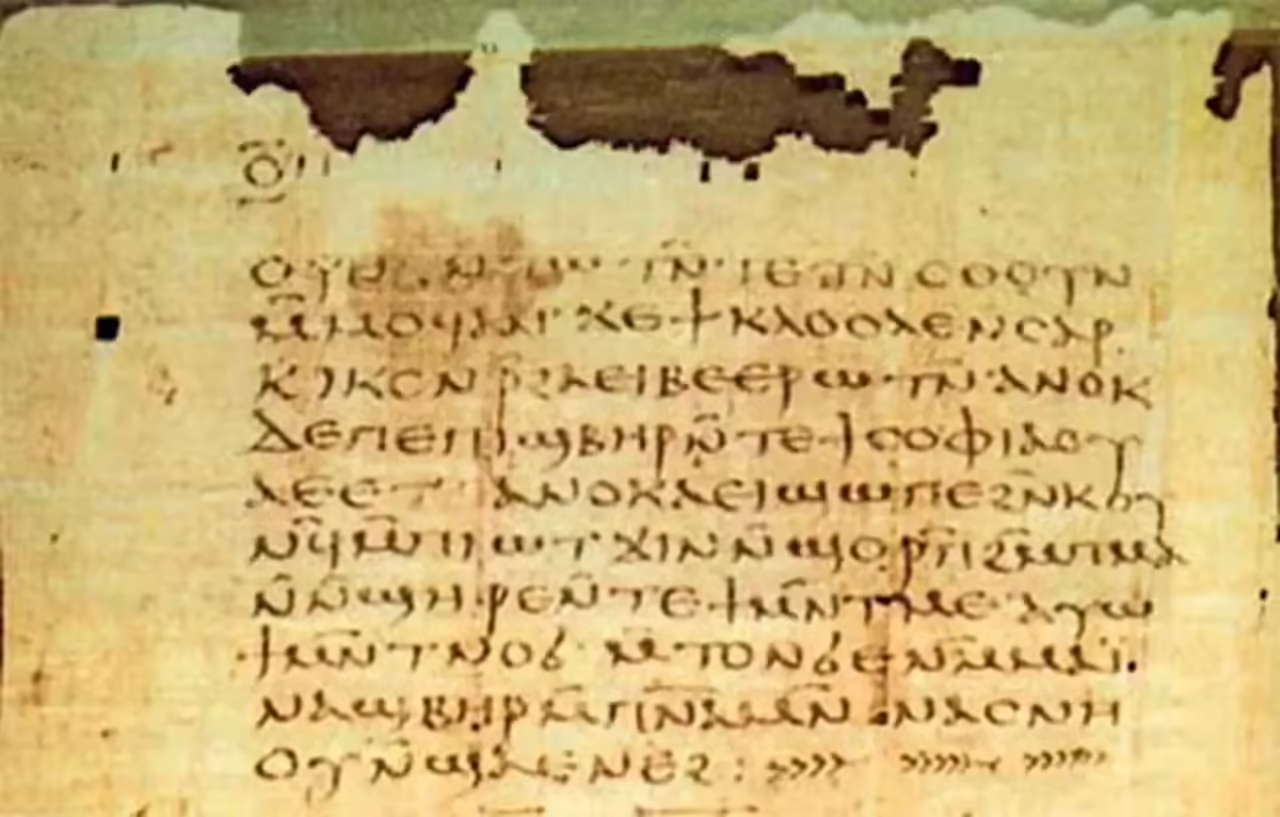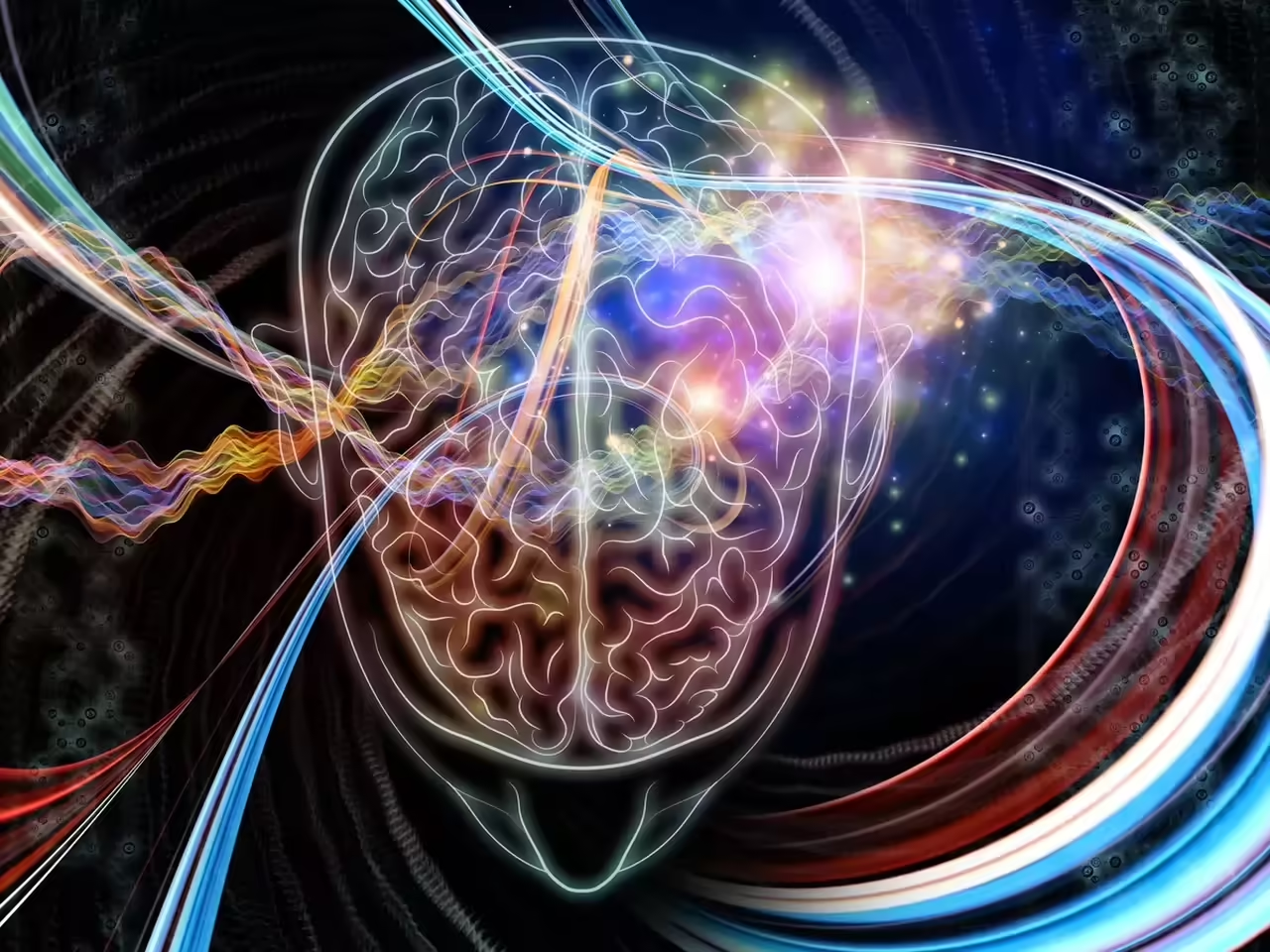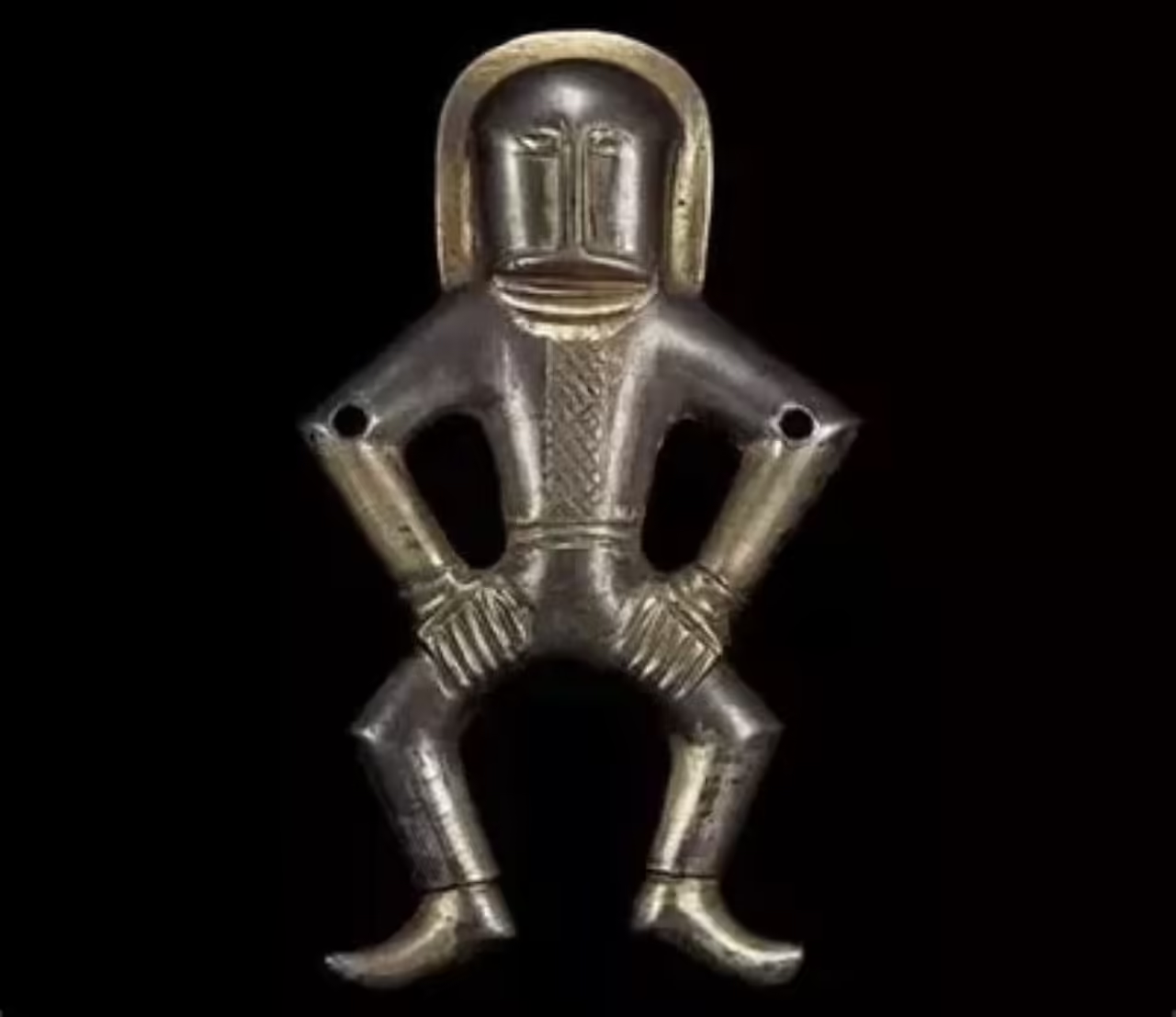
The works of Homer, for example, we know from copies of copies of copies of copies, the oldest of which come from the last years of the Roman Republic. Likewise, the oldest documents of Herodotus are from the first century. And the earliest complete ones we have are from the 5th century.
This is a problem for studying the origins of religion. Most of what we know, for example, comes from very late sources, elaborated by the Carolingian monks in the 8th and 9th centuries. These documents, of course, are copies of older ones (now lost), but we cannot verify their accuracy.
This is why it is so, so valuable to find original documents from ancient times, usually hidden and then forgotten. We have already talked in an article about the so-called Dead Sea Scrolls; today we will talk about a similar, but even more interesting find: The Nag Hammadi manuscripts, also known as the Gnostic Gospels.
It was there that Muhammad, Caliph Ali and Abu al-Majd, along with others from a local village, came across a carefully sealed ceramic jar buried under a stone. The year was 1945, and the villagers decided to open it despite fearing the possibility that it might be a Jin or genie (genies in the Muslim tradition are not necessarily kind).
What they found surprised them: it was a group of carefully bound manuscripts. Muhammad, suspecting their importance and knowing that he would still not be able to sell or profit from them (as he had nowhere and how to sell them) took them to his local Coptic priest, who immediately contacted his brother, who called a doctor, and so on. The point is that a few days later the Egyptian Department of Antiquities showed up and the document was taken to the Coptic Museum in Cairo.
Soon, a French researcher named Jean Doresse realized he was looking at a gold mine. These documents held key information about early Christianity: they were accounts of Christ, Gospels, which would be called Gnostic.
The Gnostic Gospels
As time went by, more and more documents appeared, to finally complete a total of 13 codices with important information of the first centuries of Christianity.
The document is from the 4th century (possibly buried around 370 A.D.), but it is now accepted that it consists of copies in Coptic (an Egyptian language derived directly from the ancient Egyptian spoken by the Pharaohs) of ancient Greek documents, between 100 and 300 years older. It is not known for sure when they are from, nor whether their original authors were witnesses to the teachings of Jesus or compiled from other sources.
In any case, these Gospels were possibly buried when the individuals in the Church that kept them learned that the “orthodox” documents had been defined and that they did not fit into them. But why didn’t they fit in, and did they have so much to worry the authorities?
Well, to understand this we must first talk about the Gnostics and their beliefs, in conflict with the Church.
The Gnostics
The ancient Gnostics preceded Christianity, but among the early Christians there was an important influence of this thought, which was strongly opposed by the “official” Church.
In this period the Gnostics questioned many of the teachings of Jesus and the traditions that would later become official in the Church. For example, they believed that the world was divided into dualities and in this sense that matter and spirit were opposites. For this reason they did not believe that salvation was possible in matter and believed in the resurrection as a spiritual act and never as something that could materially occur.
Likewise, the Gnostics believed that the God of the Old Testament was not the true God, but a demon, possibly the Demiurge, since he had created the material world and there is no salvation in matter. As it can be seen, the Gnostic tradition drank a lot from Platonism.
For this reason, early Catholicism seems to have had quite a few clashes with the Gnostics, eventually turning them into a heresy. The Nag Hammadi manuscripts are the first copies we have of the Gnostic Gospels, a very valuable source for understanding his thought that until now had only come down to us from what the Catholic sources said about him.
The Gospel of Thomas
But among the documents there is one that stands out, and that does not fit well with the Gnostic Gospels: The Gospel of Thomas.
Even today it is debated whether it is possible that this is indeed the Gospel of the Apostle Thomas. On the one hand, it lacks many of the Gnostic elements present in the other documents and is already referred to in early sources. On the other hand, it is constituted as a series of phrases and sayings of Jesus and not as a story, something traditional in the Gnostic Gospels.
In any case, the subject of the Gospel of Thomas is interesting because it indicates that Jesus would have had female apostles. It is believed that there is a possibility that this document is older than the canonical gospels or it is based on another hypothetical older document. However, we cannot know this.
In any case, it is very positive for our understanding of the history of early Christianity that these documents have appeared, otherwise we would know nothing about the Gnostics and their ideas in the first centuries after Christ.
The main Gnostic texts found at Nag Hammadi
The Gnostic texts are a series of writings that reflect a current of religious and philosophical thought that developed between the first and fourth centuries AD in the context of early Christianity. These texts offer an alternative vision of the Christian faith, based on the direct knowledge (gnosis) of God and on the salvation of the human spirit from corrupt matter.
Among the most important Gnostic texts are the Nag Hammadi manuscripts, a collection of 13 leather-bound papyrus codices that were discovered by chance by an Egyptian peasant in 1945 near the town of Nag Hammadi in Upper Egypt. These codices contain 52 treatises or books, written in Coptic between the 3rd and 4th centuries AD, but based on lost Greek originals dating from the 1st and 2nd centuries AD.
The Nag Hammadi manuscripts are an invaluable source for the study of Gnosticism and early Christianity, as they contain previously unknown works such as the Gospel of Thomas, the Gospel of Philip, the apocryphal Gospel of John or the Coptic Apocalypse of Paul. They also include Hermetic, Platonic and Jewish texts that show the diversity and cultural richness of the ancient world.
The Nag Hammadi manuscripts were probably hidden by a Gnostic community that feared persecution by the orthodox ecclesiastical authorities, who condemned their doctrines as heretical. The codices remained buried for more than 1500 years until their fortuitous discovery. Since then they have been the subject of numerous scholarly investigations and translations into various languages.
Controversies and debates surrounding the authenticity and interpretation of the Gnostic Gospels
The Gnostic Gospels have generated numerous controversies and debates among scholars and historians about their authenticity and interpretation. Some of the most relevant questions are:
- Are the Gnostic Gospels reliable historical sources about the life and teachings of Jesus? What is their relationship to the canonical Gospels and the apostolic tradition?
- What vision do the Gnostic Gospels offer about the figure of Jesus? Is he a divine master who reveals esoteric secrets to his initiates or a human being who identifies with the cosmic Christ?
- What role do women play in the Gnostic Gospels? Are they equal to men or subordinate to them? What is the importance of Mary Magdalene as Jesus’ favorite disciple?
- What is the Gnostic Gospels’ conception of the material and spiritual worlds? Are they opposed and irreconcilable or complementary and interdependent? How is the salvation of the soul achieved?
- What influences did the Gnostic Gospels receive from other religious and cultural traditions, such as Judaism, early Christianity, Platonism, Zoroastrianism or Buddhism?
These are just some of the questions raised by the Gnostic Gospels and which continue to be the subject of study and research by experts in various disciplines. The Gnostic Gospels invite us to reflect on the diversity and complexity of the Christian phenomenon in its origins and to question our own beliefs and assumptions.
Mary Magdalene was Jesus’ wife according to the Nag Hammadi Gospels
Mary Magdalene was the wife of Jesus, according to the Nag Hammadi Gospels, a collection of Gnostic texts discovered in Egypt in 1945. These gospels present a different vision of the relationship between Jesus and Mary Magdalene, which is not based on service or submission, but on knowledge and revelation.
According to the Gospel of Mary, which bears the name of this disciple, she was the only one who received the secret teachings of Jesus after his resurrection, and she had to face the opposition and contempt of the other apostles, who did not accept her authority or her role as a leader. The Gospel of Philip also suggests that Mary Magdalene was Jesus’ companion or consort, and that he often kissed her on the mouth. These apocryphal texts show an image of Mary Magdalene as a wise woman, courageous and close to Jesus, who accompanied him to the end and witnessed his death and glory.
Supernatural powers that human beings could awaken
Among these texts are some that attribute psychic powers to human beings, such as the ability to communicate with the supreme and hidden God who is beyond the inferior and malevolent creator of the material world. These powers are acquired through initiation into the Gnostic mysteries, which involve deep introspection and liberation from the illusions and bondage of matter. Some examples of these powers are:
- Knowledge of the celestial origins of the human soul and its ultimate destiny to unite with the Father of Light.
- The vision of the higher realities and divine archetypes that govern the cosmos.
- The interpretation of the sacred scriptures through a symbolic and allegorical code.
- The invocation and dialogue with angels, archons and other spiritual beings.
- The practice of magic, astrology and alchemy as means to transform the world and one’s own being.
- The transmission of vital energy (pneuma) through the hands or mouth to heal or bless others.
These psychic powers are not seen as an end in themselves, but as a means to achieve Gnostic salvation, which consists of escaping the dominion of the antichrist and his henchmen, and returning to the luminous kingdom of the true God.







